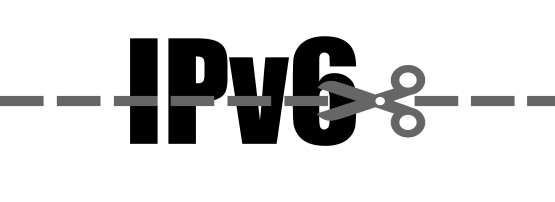
It’s IPv6 week! And what better way to celebrate than to remind ourselves of best current practice when it comes to creating an IPv6 address plan.
Because even though we may not run out of IPv6 addresses in our lifetime (or the Sun’s), we still need to be wary of future devices, services and applications connecting to the Internet, as well as the current means of our routers.
To begin, I want to remind everyone of the following best practices that we, and our fellow RIRs, practice and recommend:
- /32 is the minimum allocation, /48 is the minimum assignment from a registry such as APNIC (which is guided by APNIC policy).
- /48 is the minimum prefix size that will be routed globally in the BGP. A prefix of this size is usually assigned to a customer network.
- /64 is the common size for one subnet.
Let’s focus on the second point and discuss why a /48 is the recommended minimum prefix size for routing.
Learning from the past
This question continually comes up in our workshops, webinars and online tutorials, and has a lot to do with the mentality we have about IPv4.
IPv4 address design and management have, for a long time, been all about conservation. We’ve known and been wary of exhausting it since the mid-90s, and as such this conservative mindset has been ingrained in the way we plan and develop our networks.
While this has allowed us to sustain the use of IPv4, it has had a side effect on the global routing table size; the smaller and smaller announced prefixes have caused it to almost triple in the past decade. The problem with this growth is that the capacity of the routers has also had to increase, which causes higher costs to the Internet.
IPv6 was developed from lessons from the past, which is why the ‘community’ recommend a /48 as the minimum prefix size that will be routed globally in the BGP. Yes, even though this is an astronomical (280) number of addresses.
…and planning for the future
The second part of this recommendation, that a /48 is usually assigned to a whole customer network, is equally puzzling for conservative address planning folk, as why would 99% of end-users need so many addresses (65,536 LANs)?
This recommendation has relaxed over the years and in the APNIC IPv6 Address Planning course, we discuss assigning from a /48 to a /56 to customer networks. Again a /56 has 240 times more addresses than the total number of IPv4 addresses! This is where we must leave our preconceptions about address planning in the past and look towards the future.
With the growth of the Internet of Things, homes, offices, shops and cities will be a mass of connected devices and sensors all of which will be able to connect end-to-end without having to worry about using up IPv6 addresses/subnets.
Proper IPv6 address planning can make network management easier not only in the future but will make the route filtering policies and firewall rules simpler for you now.
Skill up on IPv6 June
As part of this month’s APNIC Virtual Training Program theme on IPv6, we are delivering several live webinars, online tutorials, virtual labs, and self-paced courses through the APNIC Academy. And as always, they’re free!
If you’re new to the IPv6:
- Take our free self-paced IPv6 Fundamentals online course, or
- Tune in to our IPv6 Overview webinar.
Register for the IPv6 Overview webinar on APNIC Academy, happening Wednesday, 3 June at 14:00 (UTC +10).
If you’re keen to master IPv6 address planning, we have an online course for that too — IPv6 Address Planning. Also check out my previous post: How-to: IPv6 address planning as well as Mark Smith’s recent post: Getting IPv6 private addressing right.
And be sure to check-in at the end of the month for our APNIC Academy Facebook Live Q&A.
Check out the Virtual Training Program to see all upcoming training opportunities.
The views expressed by the authors of this blog are their own and do not necessarily reflect the views of APNIC. Please note a Code of Conduct applies to this blog.

IPv4 addresses are like diamonds, IPv6 addresses are like sand.
Originally IPv6 addresses were only going to be 64 bits – see historical RFC 8507, “Simple Internet Protocol (SIP) Specification”.
64 bits would have been enough to solve the addressing problem, however a drawback was that it would have still required variable prefix lengths.
IPv6 addresses were doubled in size to suit a proposal called GSE. While GSE itself didn’t eventuate, what we got out of it was the convenience of a single default subnet size large enough for any number of nodes in a link, and no need to ever renumber to squeeze more nodes on a link when addressing has run out. (For some of us, that is just a return to the convenience we had during the early 1990s with Novell’s IPX and similar protocols of the time – except IPv4.)